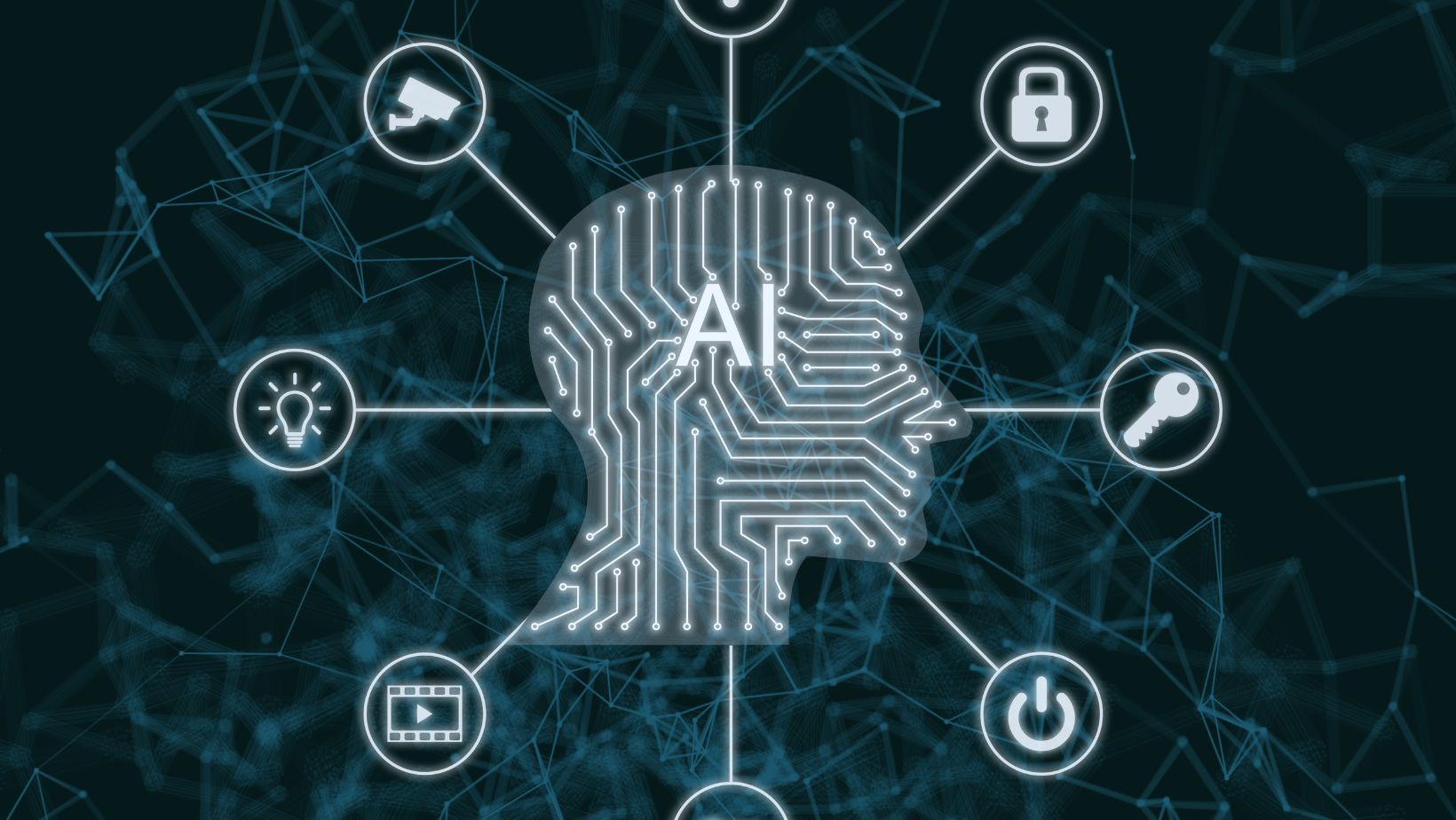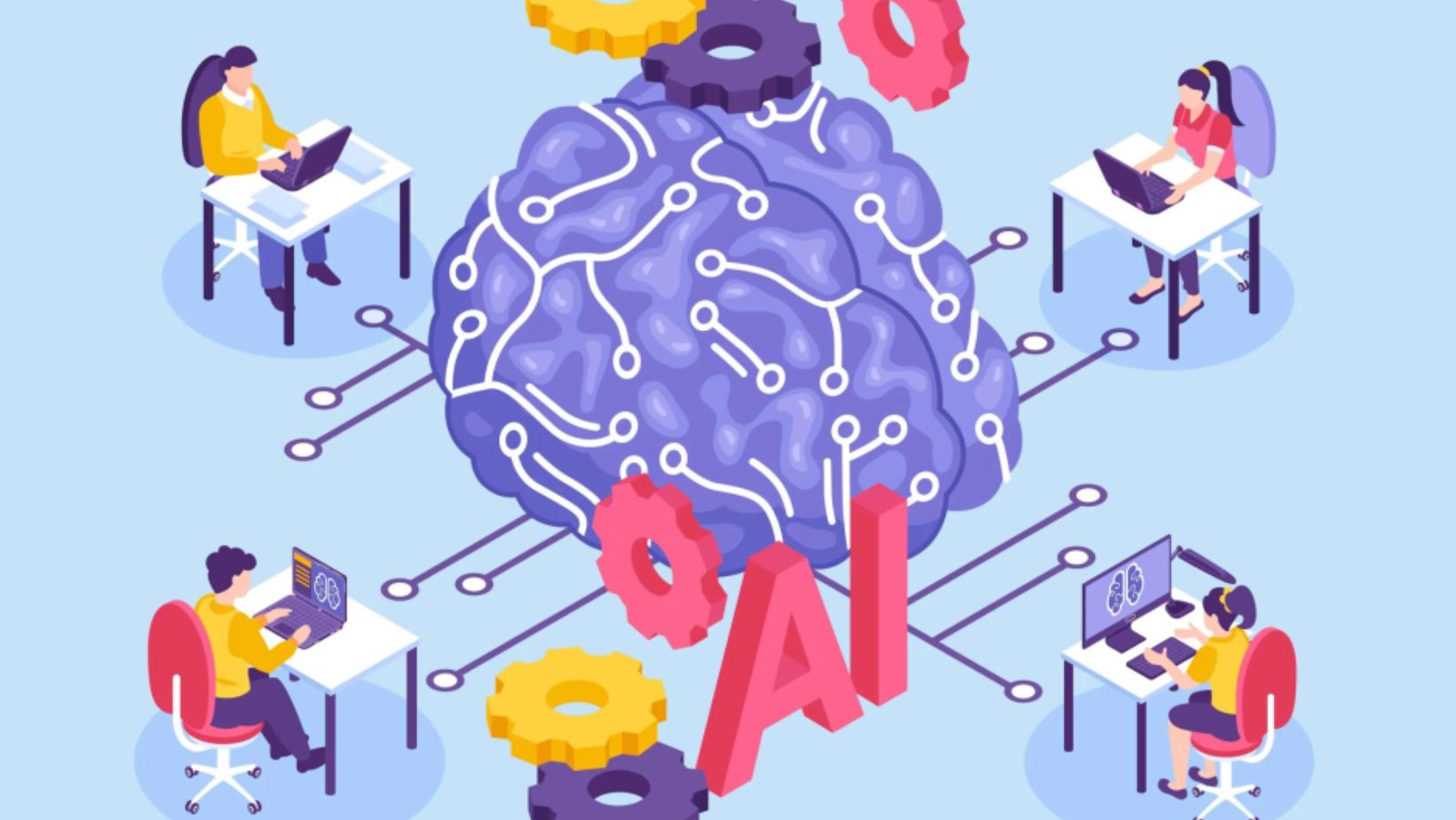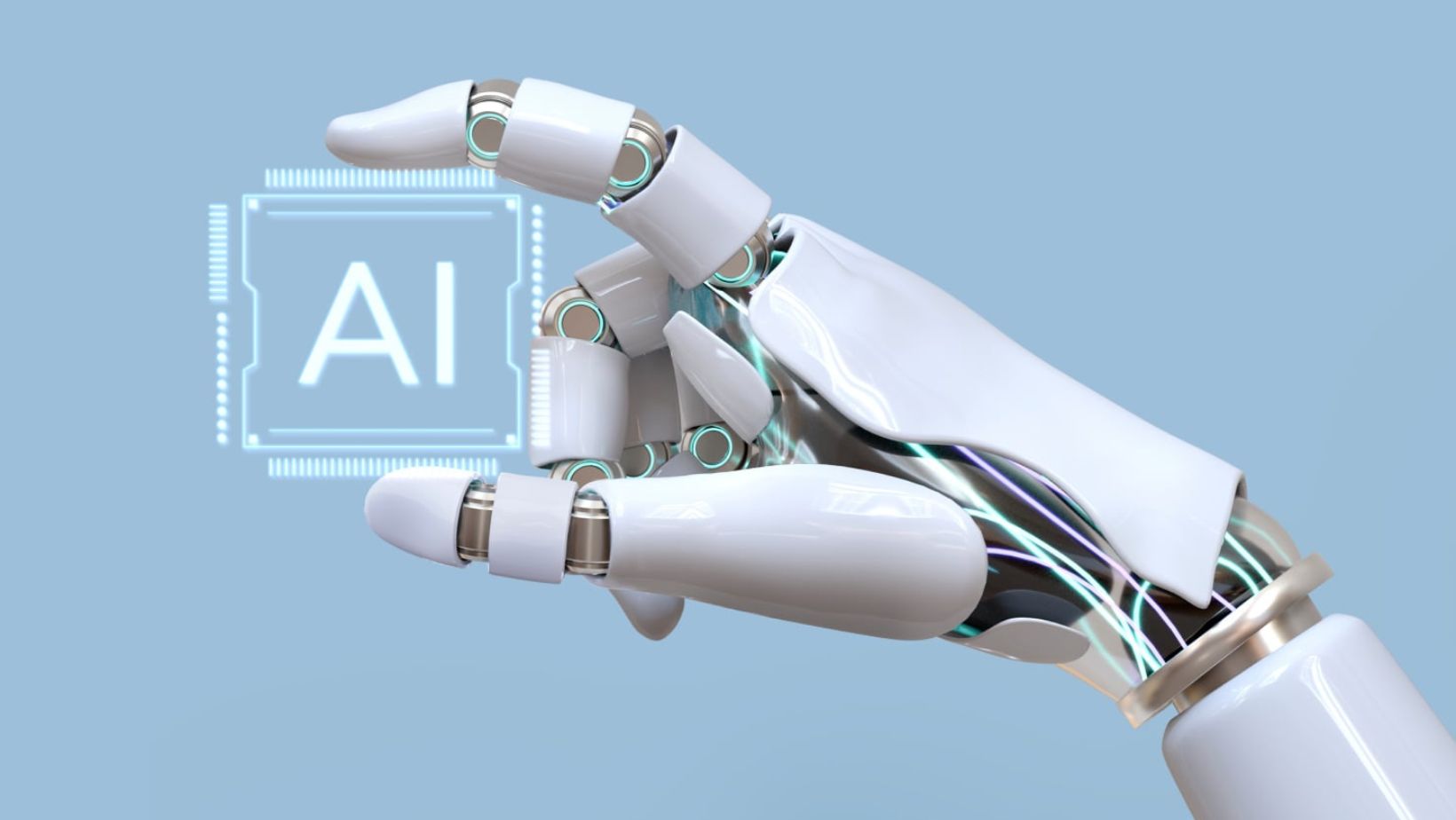 Artificial Intelligence (AI) is revolutionizing how artists create, refine, and distribute their work in the evolving digital art landscape. AI tools, especially those focused on vector design, are becoming indispensable for artists looking to elevate their artwork. These tools offer unprecedented precision and versatility, making it easier for artists to bring their creative visions to life.
Artificial Intelligence (AI) is revolutionizing how artists create, refine, and distribute their work in the evolving digital art landscape. AI tools, especially those focused on vector design, are becoming indispensable for artists looking to elevate their artwork. These tools offer unprecedented precision and versatility, making it easier for artists to bring their creative visions to life.
Automating Repetitive Tasks
AI can handle repetitive and time-consuming tasks, allowing artists to focus more on the creative aspects of their work. Tools that automate the vectorization of images, for example, save hours that artists would otherwise spend manually tracing designs. This automation ensures that artists can dedicate more time to brainstorming and experimenting with new ideas.
Furthermore, AI can help organize and manage digital assets. Artists often work with thousands of files, and AI can automate the sorting and tagging of these files, making it easy to retrieve and use them in future projects. This level of organization is crucial for maintaining efficiency in a creative workflow.
Enhancing Creativity with Advanced Tools
AI-driven tools provide artists with advanced editing capabilities that were once difficult or impossible to achieve manually. For instance, AI can suggest color adjustments and enhancements that improve the aesthetics of the artwork based on the current design trends and the artist’s past preferences.

These tools also offer sophisticated pattern and texture generation options, allowing artists to create unique and intricate designs without spending hours on manual work. This speeds up the creation process and opens up new possibilities for artistic expression.
Adobe states, “Use 3D effects, gradients, and type to create unique designs that look amazing anywhere — from websites to sweatshirts, social to swag.”
Precision and Scalability
Vector-based AI tools offer precision and scalability, which are crucial for artists working on projects requiring multiple formats and sizes. These tools ensure that artworks retain their quality no matter how much they are resized, making them ideal for everything from tiny web icons to large-scale banners.

The precision of AI algorithms helps create sharp, clean lines, which are essential for vector graphics. This accuracy enhances the overall quality of the artwork, ensuring it looks professional and polished across all mediums.
Collaboration and Feedback
AI tools are increasingly incorporating features that facilitate collaboration among artists and designers. Cloud-based AI platforms allow multiple users to work on the same project simultaneously from different locations, enhancing teamwork and enabling real-time feedback and revisions.
This connectivity not only streamlines the collaborative process but also helps gather diverse inputs that can enhance the quality of the final artwork. Feedback integration through AI helps artists improve their work based on insights gathered from their peers or clients instantly.
Learning and Development
AI tools often come with analytical capabilities that can track an artist’s style and suggest improvement. By analyzing large datasets of artwork, AI can identify patterns and suggest new techniques or styles that the artist might not have considered.
Additionally, many AI platforms provide educational resources to help artists learn new skills or refine existing ones. This continuous learning is vital in an industry where staying updated with the latest technologies and techniques is key to success.
AI tools are transforming the art world by automating mundane tasks, enhancing creative possibilities, offering unmatched precision, facilitating collaboration, and supporting continuous learning. As these technologies continue to develop, they will undoubtedly become even more integral to the artistic process, helping creators not just create art but redefine what is possible in the digital realm.















